AI image generation is exploding in capability and variety. Two of the most-talked-about options in 2025 are OpenAI’s DALL·E (now tightly integrated with ChatGPT / GPT-image tech) and Google’s “Nano Banana” (Gemini 2.5 Flash Image) — each built with different strengths, safety controls, and workflows. Below I’ll break down a practical comparison so you can pick the right tool for your needs, then list other strong options and when to use them.
Short verdict: Choose DALL·E if you want tight ChatGPT integration, prompt-to-prompt iteration, and ownership clarity. Choose Nano Banana if you want super-fast, highly realistic edits, exceptional subject consistency, and deep Google integration for research and image editing. Both are excellent — your use case and workflow decide the winner.
At a glance: what each tool is best at
- DALL·E (OpenAI) — excellent at translating complex prompts into stylized or photoreal images, tightly integrated with ChatGPT for prompt engineering, and has provisions for creative licensing and safety. Great for generative workflows where you want conversational control and iterative editing via ChatGPT.
- Nano Banana (Gemini 2.5 Flash Image) — Google’s latest image model focused on fast, high-fidelity image creation and powerful in-place edits (turn one photo into many consistent variations). It shines at subject consistency, realistic photo edits, and rapid, playful photo-style generation.
Deep comparison (practical user-centric points)
1. Image quality & realism
- Nano Banana: Generates extremely realistic photos and excels at editing a user’s input images while preserving identity/subject fidelity. It quickly produces native-looking results that many users call “photo-grade.” This is why it’s gone viral for celebrity-style and personal photo edits.
- DALL·E: Also produces very high quality outputs with strong stylistic control and creativity, especially when you need stylized art, surreal compositions, or precise textual-to-visual translation. OpenAI emphasizes creative control and mitigations for harmful or public-figure content.
Who wins: If raw photorealism + edit fidelity matters more than stylized creative control, Nano Banana has an edge. If you need diverse artistic styles, custom prompts, or fine conversational refinements, DALL·E is often preferable.
2. Editing and multi-step workflows
- Nano Banana: Built for multi-step edits — upload a photo, then ask for stylistic variants, background changes, or consistent subject variations across multiple outputs. This makes it ideal for creators who want to iterate on the same subject across a set of visuals. Medium+1
- DALL·E: Strong at inpainting/outpainting and iterative improvements via ChatGPT prompts — and the ChatGPT ↔ DALL·E loop (where ChatGPT crafts and refines the prompt) is a major usability advantage. DALL·E also has robust inpainting and safety controls. OpenAI
Who wins: For straightforward, photo-centric edit chains, Nano Banana; for conversational refinement and mixed creative/editing workflows, DALL·E.
Prompt Pack: DALL·E vs Nano Banana (2025)
“Create a realistic urban skyline edit with futuristic elements — glowing neon billboards, sky traffic, and high-tech glass buildings. Keep the scene photorealistic with cinematic contrast.”
Generated using DALL-E
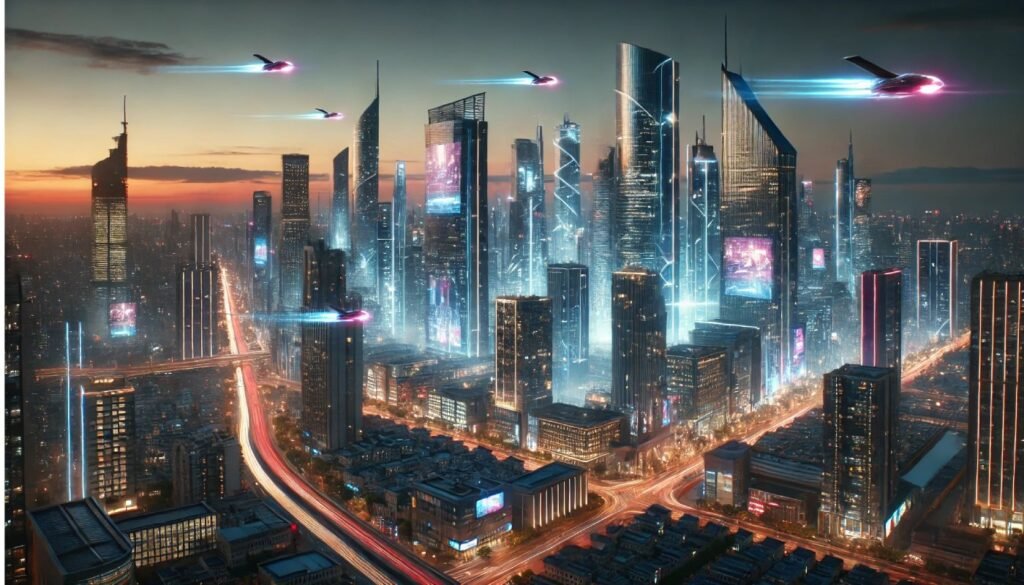
Generated using Nano Banana
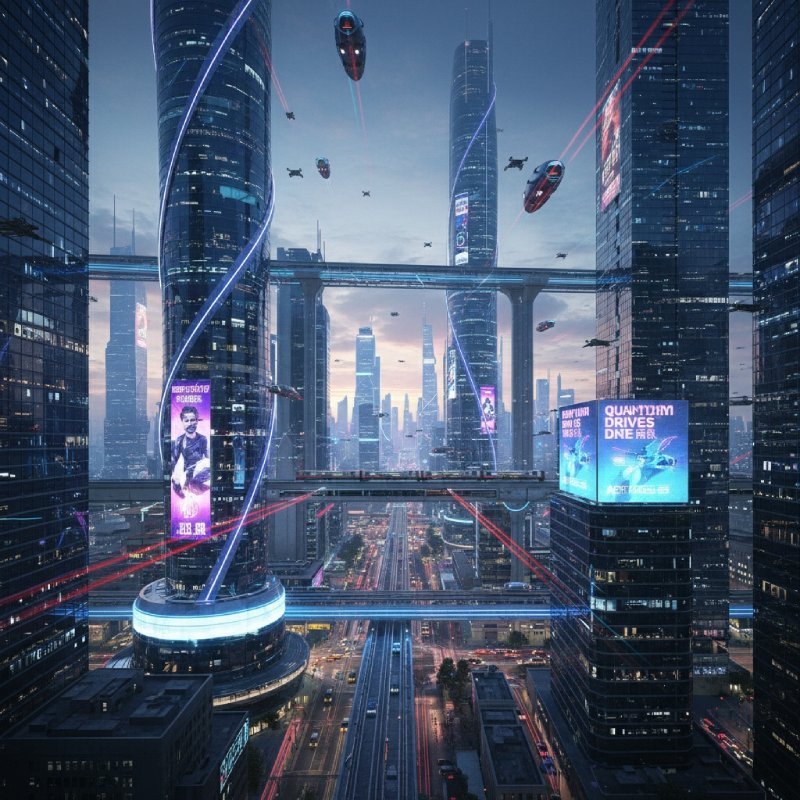
3. Speed & UX
- Nano Banana: Designed for quick on-the-fly generation and editing inside Gemini / Google AI Studio — fast generation and immediate edits make it ideal for social and casual creators.
- DALL·E: Fast enough for most workflows, though OpenAI prioritizes fidelity and safety; DALL·E’s integration with ChatGPT adds friction-reducing features like automatic prompt drafting and “make it x% more” adjustments.
Who wins: Nano Banana is slightly better for instant editing workflows; DALL·E wins in integrated prompt refinement.
4. Safety, policy, and ethical controls
- DALL·E: OpenAI explicitly enforces safeguards (declining public-figure requests, bias mitigation work, provenance research), and has been exploring ways to mark/generated images and reduce misuse. This makes DALL·E a good option when you care about policy compliance.
- Nano Banana: Google has safety layers too, but the rapid rise of photorealistic celebrity imagery has prompted strong public discussion around responsible use. Users should be aware of the ethical and legal boundaries for likenesses and commercial use.
Who wins: For enterprise/brand safety and clearer restrictions, DALL·E (OpenAI) has a long record of policy tooling; for exploratory creative use, Nano Banana is powerful but requires careful ethical checks.
5. Integration & ecosystem
- DALL·E: Tight ChatGPT / OpenAI integration — prompt generation, iterative editing, and API access via OpenAI or Azure make DALL·E convenient for builders who want conversational UX + images in one loop. Licensing terms for commercial reuse are documented.
- Nano Banana: Lives inside Gemini and Google AI Studio and is already being integrated into other Google products and partners (e.g., Adobe Express integration and Google ecosystem). If you rely on Google Workspace, Docs, or Adobe Express integrations, Nano Banana becomes attractive.
Who wins: Choose the one that best fits your stack — DALL·E for ChatGPT/Azure pipelines; Nano Banana for Google/Adobe/Studio workflows.
6. Cost & access
- DALL·E: Available via OpenAI with tiers and API access; included usage often depends on your ChatGPT subscription and API plan. OpenAI publishes model access and usage limits. OpenAI+1
- Nano Banana: Accessible via Gemini/Google AI Studio; Google has been rolling it into free & paid tiers and partnerships (some integrations may be free with limits). Gemini
Who wins: Costs vary by usage and integration — evaluate your expected monthly generation and API needs.
Side-by-side quick table
| Criteria | DALL·E (OpenAI) | Nano Banana (Gemini) |
|---|---|---|
| Strength | Creative control + ChatGPT integration, policy tooling. | Photorealistic edits, subject consistency, super-fast edits. |
| Best use case | Stylized art, iterative prompt refinement, integrated ChatGPT flows. | Photo edits, celebrity-style imagery, consistent subject variations. |
| Editing | Good inpainting/outpainting with ChatGPT prompts. | Exceptional image→variations and multi-edit flows. |
| Safety / policy | Strong mitigations and provenance work. | Safety features but watch for likeness misuse; rapid viral use cases. |
| Integration | OpenAI ecosystem, Azure. | Google Gemini, AI Studio, Adobe integrations. |
Which should you pick? (practical decision guide)
- Pick DALL·E if:
- You build tools or content around ChatGPT and want a single conversational workflow.
- You need stricter policy controls, provenance, and commercial use clarity.
- You prioritize creative style variations and prompt-to-prompt refinement.
- Pick Nano Banana if:
- You work with real photos and want consistent, high-fidelity edits across multiple outputs.
- You use Google/Adobe tooling (Gemini + AI Studio + Adobe Express) so the integration saves time.
- You want very fast, social-first image creation for campaigns or memes (with careful ethical checks).
Other solid options (short list + when to use them)
- Adobe Firefly — Best for designers and commercial creatives who want brand-safe outputs, Adobe-native tooling, and easy Creative Cloud workflows. Great for production-ready marketing assets and team collaboration.
- Midjourney — Favoured by artists for expressive, painterly, or cinematic aesthetics. Strong for stylistic concept art and mood exploration, with recent improvements on character consistency.
- Stable Diffusion (SD XL / SD 3.5) — Open, flexible, and ideal if you want local control, custom fine-tuning, or to run models on your own hardware. Great for developers and studios who need full control and plugin ecosystems (AUTOMATIC1111, ComfyUI).
- Runway (Gen-4) — Excellent for creators who need consistent characters and multi-frame generation (video-aware workflows). Strong for filmmakers and social creators who want narrative sequences.
- Seedream (ByteDance) — A very fast image generator & editor that claims exceptional prompt adherence and multi-image consistency; worth watching if you need ultra-fast 2K/4K outputs and fusion editing.
- Canva AI Image Generator — Best for non-designers making social posts and marketing graphics quickly (templates + simple UI). Good for teams that need one-stop content creation without deep model tuning.
- Sora (OpenAI) — Primarily a video/text multimodal model (Sora is OpenAI’s video generator) that also provides image/video workflows inside the OpenAI ecosystem — useful if you want a mix of short video and still image generation. (Note: Sora stirred debate about training data and biases; use responsibly.)
Practical tips & best practices before you generate
- Check licensing & commercial rights for the platform; OpenAI and Adobe publish clear reuse rules — read them.
- Avoid generating real people without consent (public-figure and likeness policies differ by provider). Nano Banana has been popular for celebrity-style images—use with care.
- Keep prompts iterative and conversational — use ChatGPT or Gemini to refine prompts for better consistency.
- Use platform integrations (Adobe, Google Studio, Azure) to speed up production and keep assets organized.
Closing thoughts
Both DALL·E and Nano Banana represent the upper tier of 2025 image generation: DALL·E for controlled, conversation-driven creative workflows with robust policy tooling; Nano Banana for lightning-fast, highly realistic editing and subject consistency inside Google’s ecosystem. If you rely on one ecosystem (OpenAI/Azure or Google/Adobe), choose the tool that plugs into your existing stack. Otherwise, combine them: use Nano Banana for photorealistic edits and DALL·E for stylized creative results and prompt refinement.

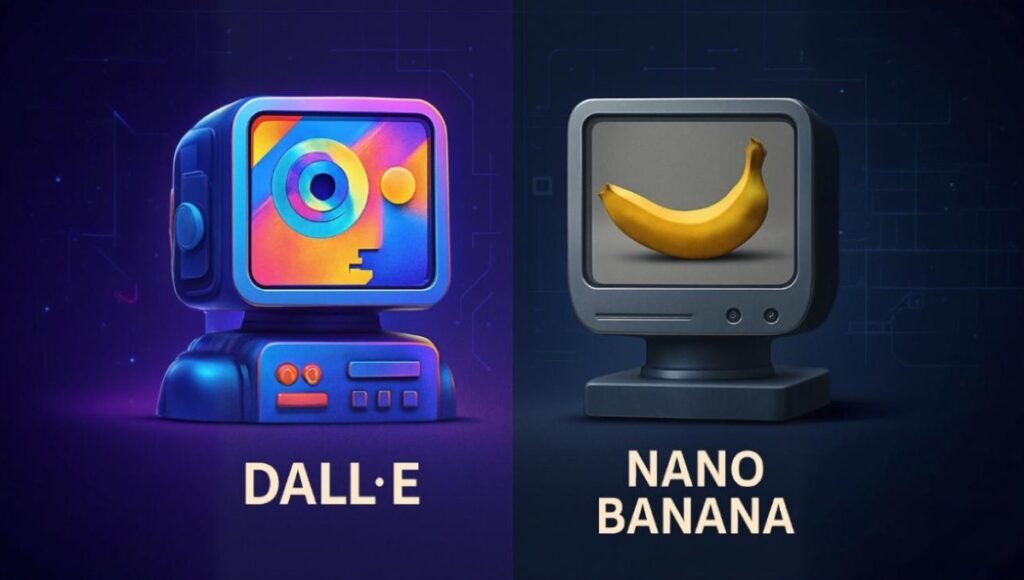
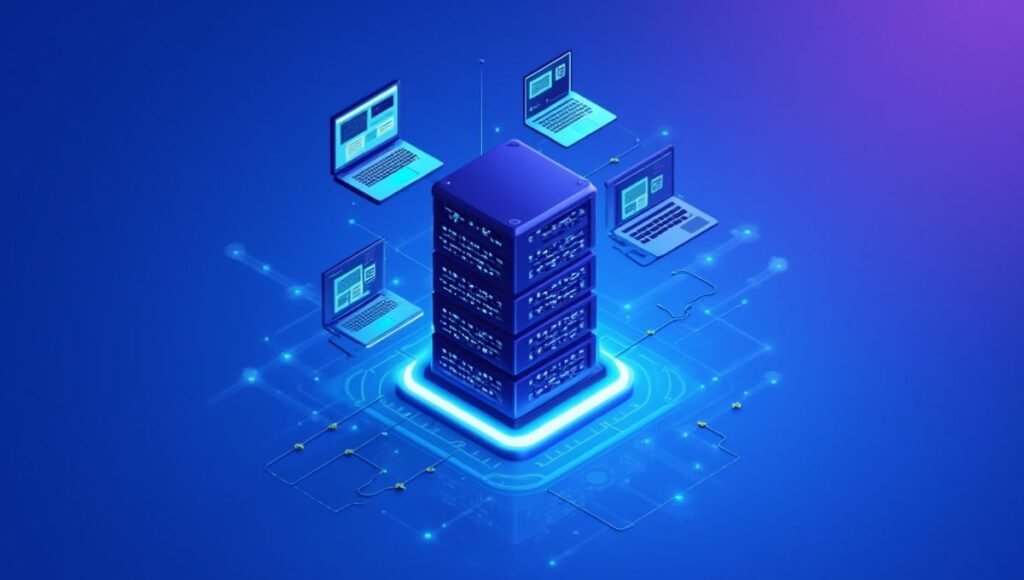
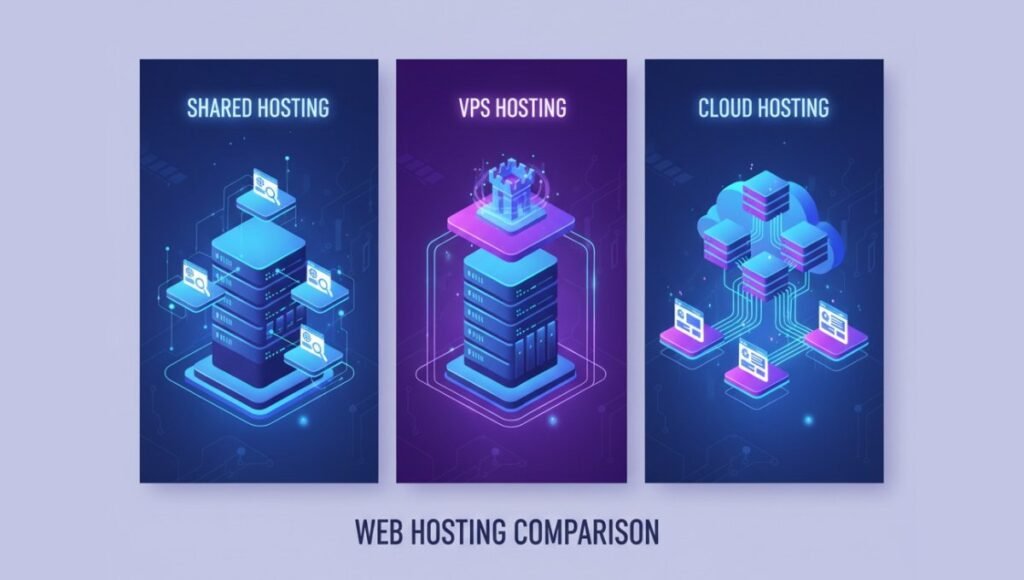
Pingback: Top 10 Viral Nano Banana Prompts in 2025 (With Tips for Best Results)